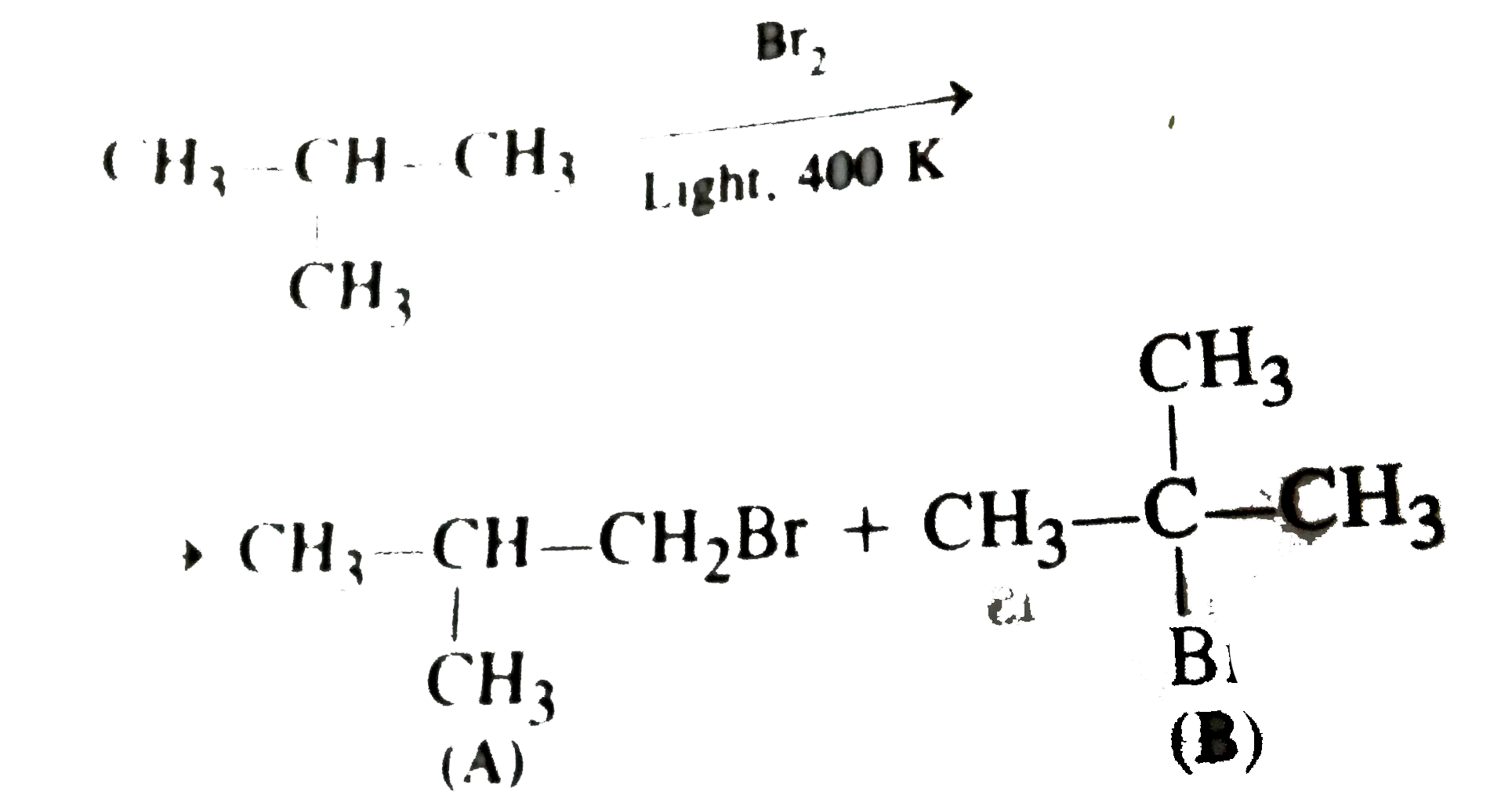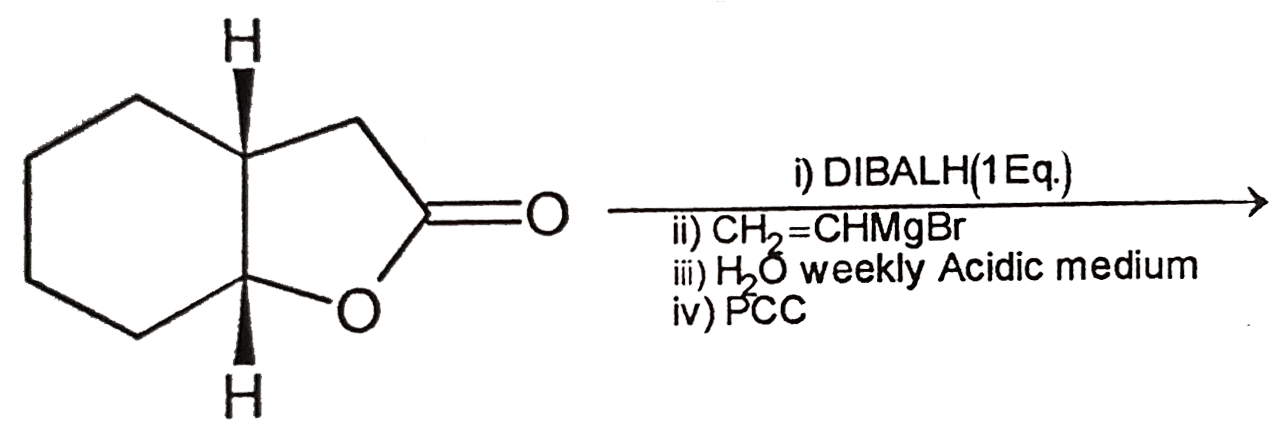Which of the following is a suboxide
Ba2O
Pb2O
C3O2
ZnO
The correct Answer is:C
To determine which of the given compounds is a suboxide, we need to understand what a suboxide is. A suboxide is a type of oxide that contains less oxygen than what is typically expected for that element.
Let's analyze the given options one by one:
1. BA2O (Barium Oxide): This compound contains a typical ratio of barium to oxygen. Barium generally forms a stable oxide with a 1:1 ratio, so this is not a suboxide.
2. PB2O (Lead Oxide): Lead oxides can exist in various forms, but PB2O suggests a higher ratio of lead to oxygen than expected. However, it does not fit the definition of a suboxide as it does not have less oxygen than expected.
3. C3O2 (Carbon Suboxide): This compound is known as carbon suboxide. It contains less oxygen than the typical carbon oxides (like CO2), making it a suboxide.
4. ZnO (Zinc Oxide): Zinc oxide has a typical 1:1 ratio of zinc to oxygen and does not qualify as a suboxide.
From this analysis, we can conclude that the correct answer is C3O2, which is a suboxide.
Final Answer:
The suboxide among the given options is C3O2 (Carbon Suboxide).
The suboxide among the given options is C3O2 (Carbon Suboxide).
Topper's Solved these Questions
- BOOK - ERRORLESSCHAPTER - THE P -BLOCK ELEMENTS (NITROGEN, OXYGEN, HALOGEN AND NOBLE FAMILY)EXERCISE - NCERT BASED QUESTIONS (Halogen Family)73videos
THE P -BLOCK ELEMENTS (NITROGEN, OXYGEN, HALOGEN AND NOBLE FAMILY)
- BOOK - ERRORLESSCHAPTER - THE P -BLOCK ELEMENTS (NITROGEN, OXYGEN, HALOGEN AND NOBLE FAMILY)EXERCISE - NCERT BASED QUESTIONS (Noble Gases)22videos
THE P -BLOCK ELEMENTS (NITROGEN, OXYGEN, HALOGEN AND NOBLE FAMILY)
- BOOK - ERRORLESSCHAPTER - THE P -BLOCK ELEMENTS (NITROGEN, OXYGEN, HALOGEN AND NOBLE FAMILY)EXERCISE - ASSERTION & REASON22videos
THE P -BLOCK ELEMENTS (NITROGEN, OXYGEN, HALOGEN AND NOBLE FAMILY)
- BOOK - ERRORLESSCHAPTER - THE d-AND f- BLOCK ELEMENTS EXERCISE - Assertion and Reason11videos
THE d-AND f- BLOCK ELEMENTS
Similar Questions
Knowledge Check
- Question 1 - Select One
which of the following is not ?
AGelatin solBSilver solCSulphur solDAs2S3 sol - Question 2 - Select One
Consider the following statements (s) which of the following is false ?
AEu+2 is a strong reducing agent (Z of Eu = 63)BCe4+ is a strong oxidising agent (Z of Ce = 58)CCurium hs electronic configuration: [Rn]5f26d17s2 (Z of Cm = 96)DYb+2 is an oxidising agent (Z of Yb = 70) - Question 3 - Select One
Consider the following reaction

Which of the following is true?ACompound A is formed in much larger equal amountsBCompound A is formed in much larger equal proportionsCCompound B is formed in much larger equal amountsDRelative amount of the two cannot be predicted
Which one of the following is/are suboxides?
View SolutionWhich of the following is not a product of the following reaction
 View Solution
View SolutionWhich of the following is correct about the following?
View SolutionWhich of the following is not followed in Remedial teaching?
View SolutionWhich of the following is/are not the products in the following reaction?
 View Solution
View Solution


